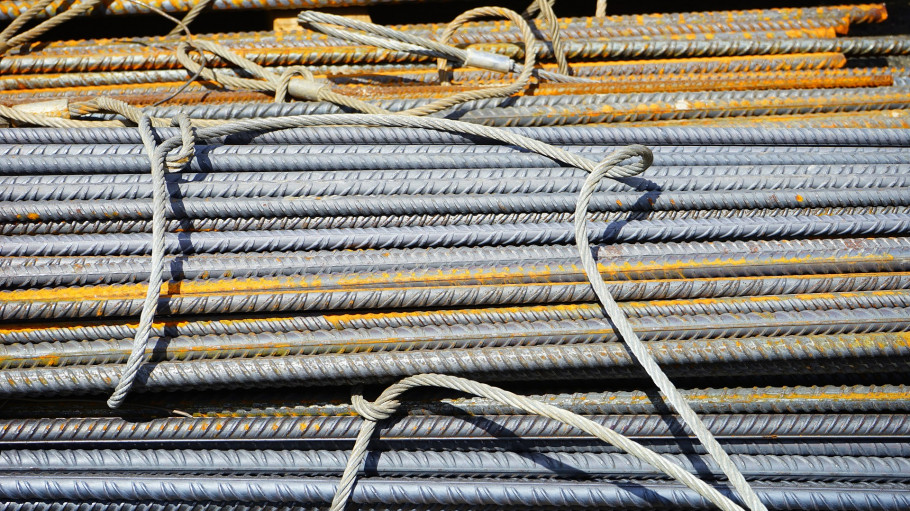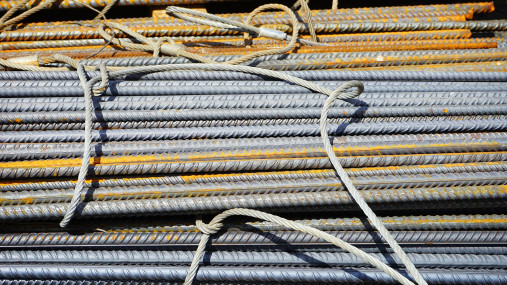
Press releases » Latest weakening further undermines rationale of EU steel safeguard – putting even further steel jobs at risk
Latest weakening further undermines rationale of EU steel safeguard – putting even further steel jobs at risk
Downloads and links
Recent updates

Brussels, 3 July 2019 – The EU steel safeguard, ostensibly designed to ward off import surges in the wake of the US’ section 232 steel import tariffs, has been automatically raised by 5% despite steel industry protests and the expressed concerns of a number of Member States. This significant rise in the size of the import quota – the second this year – is happening even as steel demand in the EU is expected to fall in 2019.
“The 5% rise in the quota was programmed into the regulation that implemented the EU safeguard measures. However, there is an ongoing review that should take into account the changed market situation. The 5% increase has not been removed despite the damage caused by surging imports and means the Commission has ignored the industry’s legitimate concerns about increasing the quota in a falling market. This is irrational as it will make the review more complicated”, said Axel Eggert, Director General of the European Steel Association (EUROFER).
Recent weeks have seen announcements of closures and steel plant idling across Europe, putting thousands of jobs at risk in a sector that, in all, accounts for 2.6 million direct, indirect and induced jobs in the Union.
“We, as a sector, have called on policy makers not to raise the quota, as the stepped increase is out of line with the size and direction of the market. Coming from 2018, when imports boomed by a record 12% bringing their share of the market to an all-time high, it is extraordinary that the Commission would not act to at least postpone this pre-programmed change until the review has been terminated”, emphasised Mr Eggert.
The Commission will bear a large degree of responsibility towards steel industry workers put at risk as the sector shrinks unnecessarily – despite firm warnings by producer companies and Member States. EUROFER has made a series of recommendations designed to improve the functioning of the safeguard itself. These include more comprehensive country-specific quotas, caps on the consumption of the residual quota by individual countries, and the automatic inclusion in the measure of developing countries that exceed the 3% threshold.
Mr Eggert continued, “As it stands, for a large part of our industry, the safeguard is already barely functioning for its intended purpose. The rise in the quota – which is already being consumed apace with import volumes already ‘awaiting allocation’ – is merely the cherry on the imported cake”.
“We call on the Commission to heed our call and those of Member States that have already expressed concerns about the rise – and to respond by undoing this out-of-step expansion before it further undermines the safeguard and the sector that relies upon it”, concluded Mr Eggert.
***
Contact
Charles de Lusignan, Spokesperson and head of communications, +32 2 738 79 35, (charles@eurofer.be)
About the European Steel Association (EUROFER)
EUROFER AISBL is located in Brussels and was founded in 1976. It represents the entirety of steel production in the European Union. EUROFER members are steel companies and national steel federations throughout the EU. The major steel companies and national steel federations in Switzerland and Turkey are associate members.
About the European steel industry
The European steel industry is a world leader in innovation and environmental sustainability. It has a turnover of around €170 billion and directly employs 330,000 highly-skilled people, producing on average 160 million tonnes of steel per year. More than 500 steel production sites across 22 EU Member States provide direct and indirect employment to millions more European citizens. Closely integrated with Europe’s manufacturing and construction industries, steel is the backbone for development, growth and employment in Europe.
Steel is the most versatile industrial material in the world. The thousands of different grades and types of steel developed by the industry make the modern world possible. Steel is 100% recyclable and therefore is a fundamental part of the circular economy. As a basic engineering material, steel is also an essential factor in the development and deployment of innovative, CO2-mitigating technologies, improving resource efficiency and fostering sustainable development in Europe.

Download files or visit links related to this content
Strasbourg, 17 December 2025 – The European Commission’s latest proposals on the Carbon Border Adjustment Mechanism (CBAM), unveiled today, correctly identify several loopholes that risk undermining its effectiveness, notably regarding EU exports, downstream sectors and circumvention practices. However, despite these laudable efforts, the measures put forward fail to deliver a comprehensive and durable response to carbon and jobs leakage, warns the European Steel Association (EUROFER).
A milestone occasion to quickly and effectively restore affordable electricity, to relaunch the
decarbonization and strengthen the international competitiveness of the European steel
industry.
Brussels, 02 December 2025 – Unchanged negative conditions – U.S. tariffs and trade disruptions, economic and geopolitical tensions, protracted weak demand and still high energy prices – continue to weigh on the European steel market. EUROFER’s latest Economic and Steel Market Outlook confirms for 2025 another recession in both apparent steel consumption (-0.2%, unchanged) and steel-using sectors (-0.5%, revised from -0.7%). A potential recovery is expected only in 2026 for the Steel Weighted Industrial Production index (SWIP) (+1.8%, stable) and for apparent steel consumption (+3%, slightly revised from +3.1%) – although consumption volumes would still remain well below pre-pandemic levels. Steel imports retained historically high shares (27%), while exports plummeted (-9%) in the first eight months of 2025.